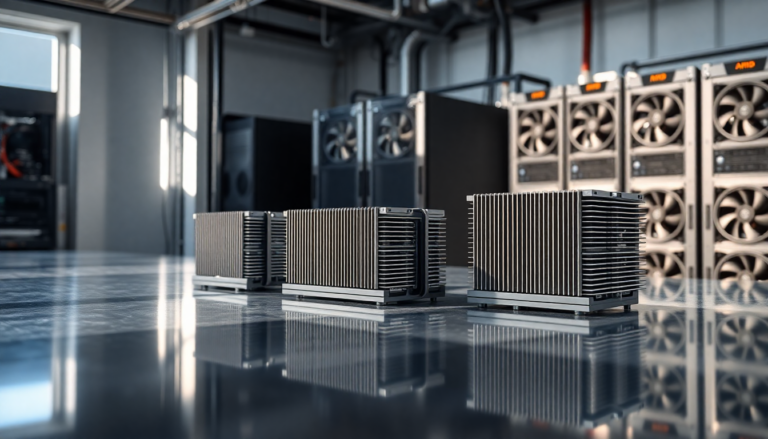Argomenti trattati
New cooling solutions for upcoming server processors
Dynatron, a prominent player in the cooling solutions market, has recently unveiled product pages for its upcoming coolers designed for the next-generation Intel and AMD processors. These coolers, including models C21, J24, and J25, are engineered to handle significant power dissipation, with the C21 capable of managing up to 660W. This is particularly vital as both AMD and Intel prepare to launch new server offerings that promise to reshape the landscape of datacenter performance.
AMD’s Venice: The Future of EPYC Processors
AMD has officially revealed that its future EPYC processors will carry the codename Venice. This line is expected to be the first High-Performance Computing (HPC) product crafted on TSMC’s N2 process technology and will likely integrate the innovative Zen 6 architecture. While AMD’s current EPYC processors have been on the market for less than a year, the Venice processors are anticipated to launch in the second half of 2025, following AMD’s historical two-year release cycle.
Rumors suggest that Venice will transition to the SP7 socket, moving away from the SP5 socket used in prior generations. This shift indicates a significant evolution in AMD’s approach to server design, potentially enhancing performance and efficiency. As AMD continues to innovate, the anticipation surrounding Venice builds, especially among technology enthusiasts and industry professionals.
Intel’s Diamond Rapids: A New Era in Server Performance
On the other hand, Intel is gearing up to unveil its next-generation processors, known as Diamond Rapids. This line is expected to include a variant that targets the LGA 9324 socket, which will feature improved I/O capabilities compared to the existing Granite Rapids-AP processors. Intel’s focus on advanced chiplet packaging and the introduction of the E-core-only Clearwater Forest family indicates a strategic pivot towards optimizing server performance.
Diamond Rapids is speculated to utilize Intel’s Panther Cove-X architecture, which promises substantial improvements in instructions per clock (IPC). The anticipated enhancements are expected to drive higher core counts per socket, positioning Intel’s offerings as formidable competitors in the server market.
Advanced cooling technologies: Meeting the demands of high-performance CPUs
With the imminent release of these high-performance processors, the demand for effective cooling solutions has never been greater. Dynatron’s new cooling models, particularly the J24 and J25, are engineered to support the rigorous needs of modern server environments. Designed for air-cooled setups, these coolers can dissipate up to 600W, ensuring that even the most powerful CPUs can operate efficiently without overheating.
The C21 cooler, equipped with nine heat pipes, is tailored to support Intel’s Diamond Rapids-AP processors, highlighting Dynatron’s commitment to providing versatile cooling solutions. The specifications hint at an innovative design, capable of accommodating the unique thermal profiles of these next-gen processors.
The growing significance of efficient cooling in data centers
As data centers continue to evolve, the role of efficient cooling systems becomes increasingly critical. High-performance processors generate substantial heat, necessitating advanced cooling technologies to maintain optimal operating conditions. The interplay between cutting-edge CPUs and effective cooling solutions underscores the importance of innovation in both fields.
In the context of server performance, effective cooling can lead to enhanced reliability, extended hardware lifespan, and reduced operational costs. As companies like Dynatron continue to develop advanced cooling technologies, the future of server architecture will likely see a harmonious relationship between powerful processors and efficient thermal management systems.

